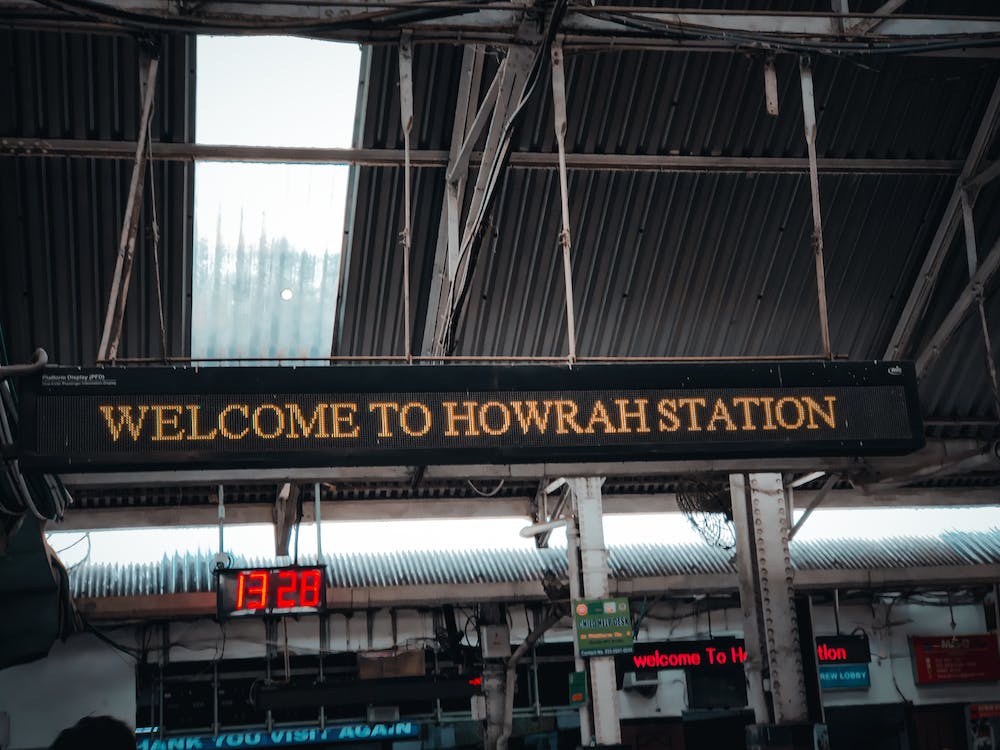Railways are a crucial component of India’s transportation system, with millions of people relying on them for their daily commute, and businesses relying on them for the transportation of goods. As technology continues to evolve, it is imperative for railways to keep pace with these changes to ensure the safety and efficiency of transportation. One area that requires significant attention is the upgradation of signaling and telecommunications systems.
The Role of Signalling and telecommunications systems in Railways
Signaling systems are the backbone of railway safety. They are responsible for ensuring that trains are safely separated and that they follow the correct path. Signaling systems are critical for preventing accidents, ensuring smooth traffic flow, and maximizing railway capacity.
Telecommunications systems, on the other hand, are responsible for communication between different parts of the railway network. They allow trains to communicate with control centers, stationmasters, and other trains. They are crucial for coordinating train movements, identifying and resolving issues, and ensuring the efficient operation of the railway network.
The need for upgradation
Railway signaling and telecommunications technology has come a long way in recent years, and there is now a need to upgrade the existing systems to keep pace with technological advancements. The current systems in place in India are outdated and unreliable, leading to an increased risk of accidents and reduced efficiency of the railway network.
One of the key issues with the current signaling and telecommunications systems in India is their reliance on manual intervention. This leaves room for human error and makes the system more prone to accidents. Upgradation to automated systems would reduce the potential for human error and improve safety.
In addition to safety, upgradation would also increase the capacity and efficiency of the railway network. The current systems are unable to handle the increasing demand for passenger and goods transportation. Upgradation would enable the network to handle more traffic and increase the speed of trains, reducing journey times and making railways a more attractive option for commuters.
Impact on passengers and goods transportation
The upgradation of signaling and telecommunications systems would have a significant impact on both passenger and goods transportation.
For passengers, upgradation would mean a safer and more efficient journey. The automated systems would reduce the risk of accidents, and the increased capacity would reduce overcrowding and delays. The speedier and more reliable service would make railways a more attractive option for commuters, reducing the burden on road transport and reducing pollution.
For goods transportation, upgradation would mean faster and more reliable delivery of goods. The increased capacity of the railway network would allow for more goods to be transported, reducing the burden on road transport and reducing the cost of transportation. This, in turn, would lead to a boost in trade and commerce and contribute to the overall economic growth of the country.
Challenges in implementation
While the benefits of upgradation are clear, there are several challenges in implementing such a large-scale project. One of the biggest challenges is the cost of implementation. Upgrading the signaling and telecommunications systems across the entire railway network is a massive undertaking that would require significant investment. The government would need to allocate a substantial budget for the project and seek external funding to complete it successfully.
Another challenge is the coordination required between different agencies involved in the project. The upgradation of signaling and telecommunications systems would require coordination between multiple agencies responsible for different aspects of the railway network, such as track maintenance, rolling stock, and station operations. Ensuring effective coordination between these agencies would be critical to the success of the project.
Conclusion
Railways are a vital component of India’s transportation system, and their upgradation is crucial for ensuring the safety and efficiency of passenger and goods transportation. Signaling and telecommunications systems are the backbones of railway safety and efficiency, and their upgradation is essential for keeping pace with technological advancements. While there are challenges in implementing such a large-scale project, the benefits are clear. Upgradation would increase the capacity and efficiency of the railway.
